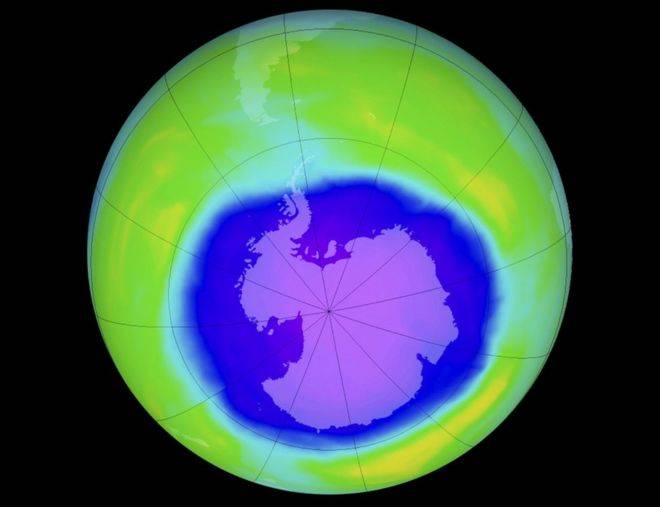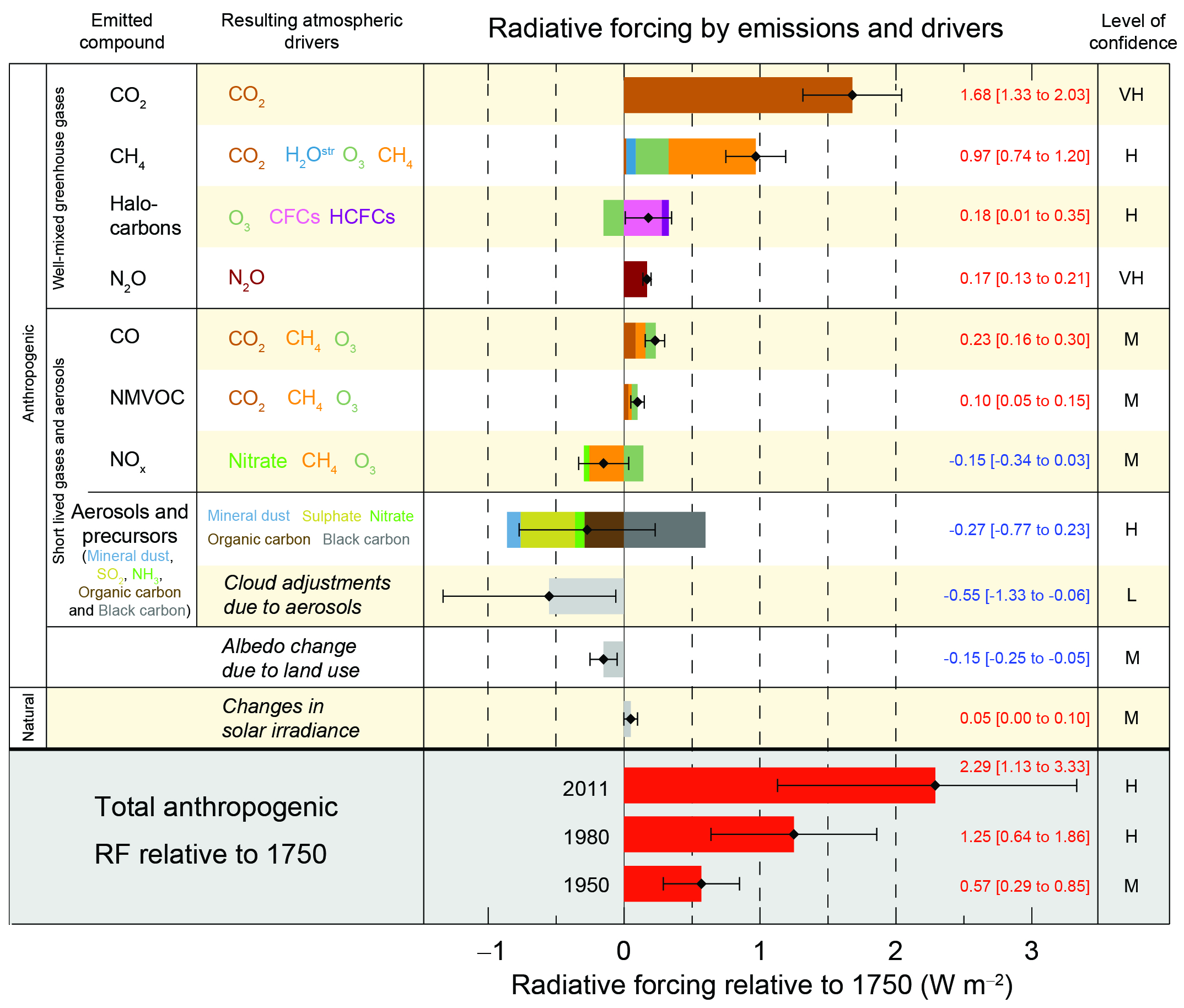Finally all the efforts over the last 30 years to eliminate and recycle products containing CFLs is having an effect. A study covering the last 15 years shows the size of the hole in the ozone layer over the antarctic has been reduced by 50%, an area about the size of India. Good news for increasing the size of antarctic ice pack, but what about global warming. Researchers say a lot more study is needed. What do you think? BTW, I'm not a climate scientist so please keep in layman terms.

'Healing' detected in Antarctic ozone hole - BBC News

'Healing' detected in Antarctic ozone hole - BBC News






